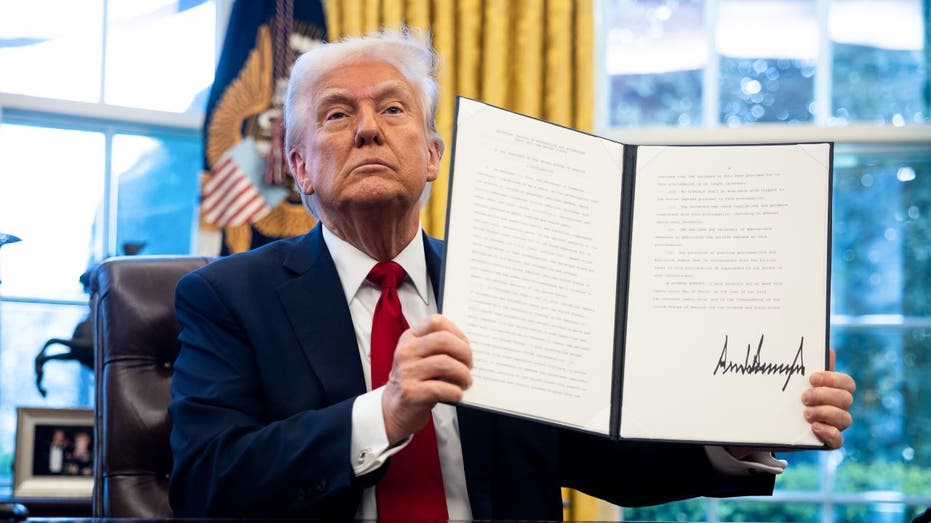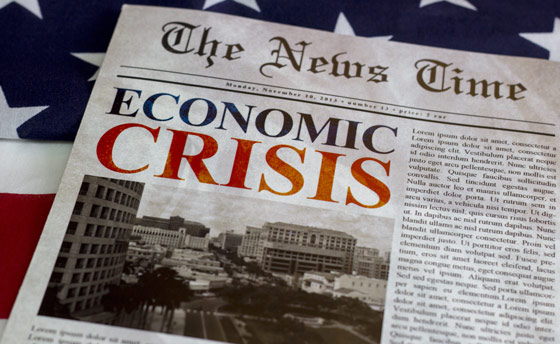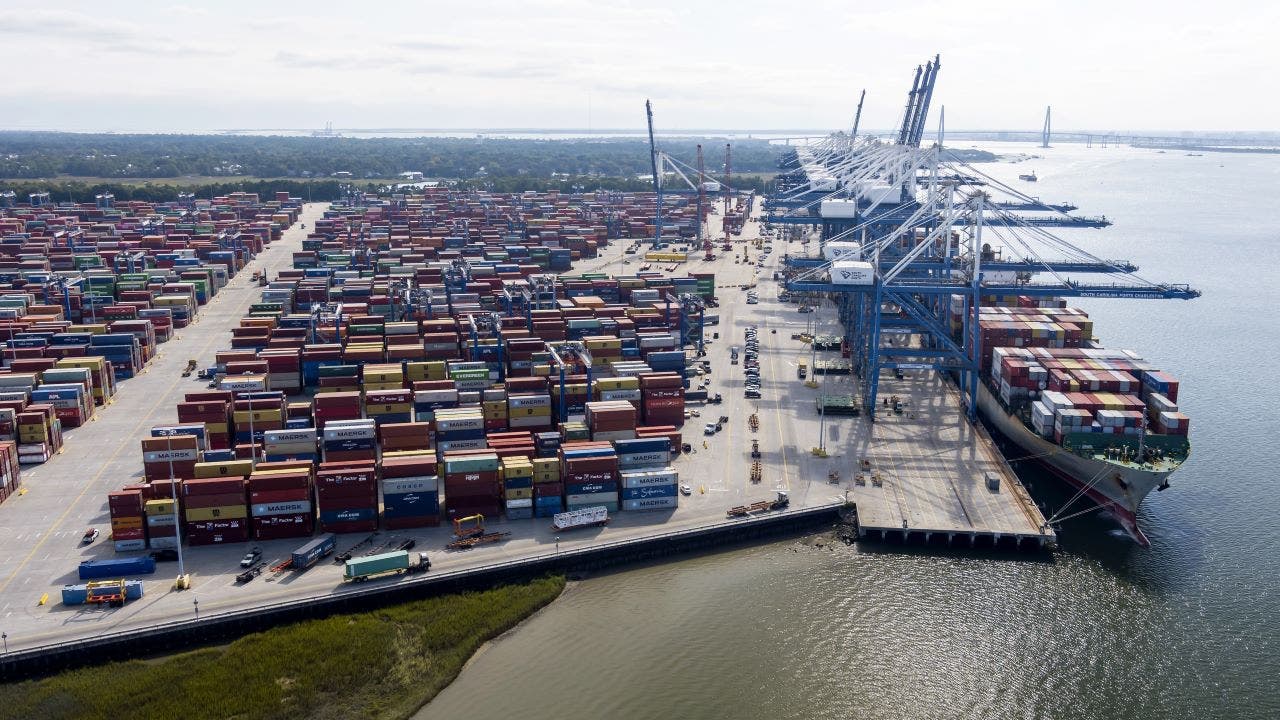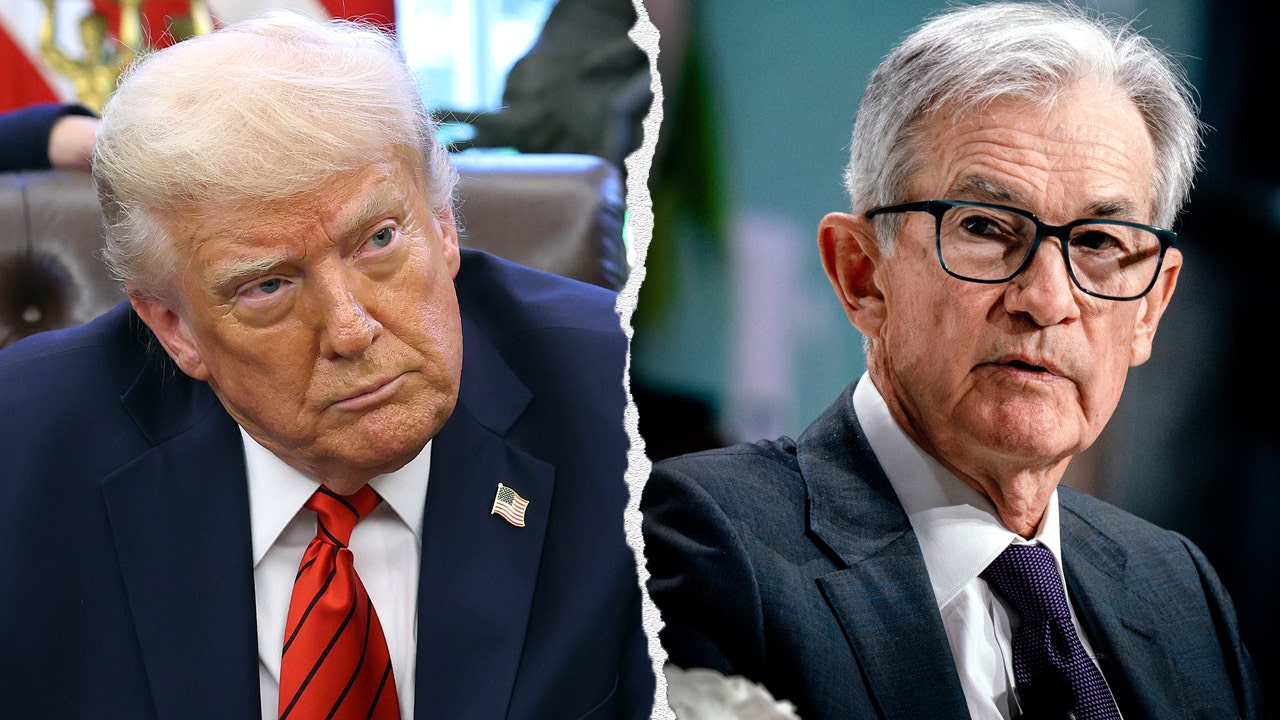Capital One CEO Richard Fairbank on Tuesday shared his perspective on how American consumers are holding up during the financial institution’s quarterly earnings call.
He was asked by an analyst about how Capital One views the state of the American consumer in light of concerns in the market surrounding the Trump administration’s tariffs.
Fairbank said the U.S. consumer “remains a source of strength in the economy,” adding that was “true for almost any metric that we look at.”
“Consumer debt serving burdens remain stable near pre-pandemic levels,” he said. “In our card portfolio, we’re seeing improving delinquency rates and lower delinquency entries, and payment rates are improving on a year-over-year basis.”
CONSUMERS’ SHORT-TERM ECONOMIC EXPECTATIONS FALL TO LOWEST LEVEL IN 12 YEARS, TRIGGER RECESSION WARNING
Fairbank said, “Some pockets of consumers are feeling pressure from the cumulative effects of inflation and higher interest rates,” but he overall believed the U.S. consumer “is in good shape.”
The Capital One CEO did note the share of customers making the minimum payment on their credit cards was “running somewhat above pre-pandemic levels,” meaning inflation and interest rates were weighing on some.
When it came to revolve rates, Fairbank said they had “stabilized over the past year” but were “below pre-pandemic levels for our major products and segments,” something he said was “another healthy indicator.”
He also discussed trends that Capital One saw in consumer spending during the first quarter.
“The spend trends were largely stable through the end of the first quarter,” Fairbank told analysts and investors. “In recent weeks, we’ve started to see an uptick in spend growth per customer relative to this time last year across our customer segments.”

He partly attributed that to Easter’s later date this year.
“We’ve also seen a recent increase in retail spending, particularly electronics in the past few weeks,” Fairbank reported.
That, he said, could potentially come from consumers making purchases earlier in response to tariffs, but “we’ll have to see over time.”
Meanwhile, spending growth in “T&E” and airfare have slowed a bit, according to Fairbank.
“While it’s early, when we look at industry data, there appears to be a bit of a pull forward in auto purchases likely as consumers are trying to get ahead of tariff impacts. And we continue to monitor our application and origination volumes,” he also said. “I think also there is some early indication that auction prices are increasing more than seasonal norms. All of this is very early, but that would be what we see right at the margin.”
President Donald Trump unveiled a 25% tariff on imported passenger vehicles and light trucks last month, as well as a levy of the same size on certain auto part imports.
TRUMP’S TARIFFS ARE PUTTING CONSUMERS AND BUSINESSES IN A BIND, TECH ASSOCIATION WARNS
The tariff on imported vehicles and trucks came into force on April 3. Meanwhile, the one targeting auto parts is supposed to roll out early next month.

In early April, Trump instituted a 90-day pause on reciprocal tariffs and opted to apply a 10% duty during that period on countries that had not retaliated against the U.S. for reciprocal tariffs. At the same time, he lifted tariffs on China to 145%.
Read the full article here










